Xiamen Port (Chinese:厦门港) is located in Xiamen City and Zhangzhou City in Fujian Province on China’s east coast. On the west bank of the Taiwan Strait, the Jiulong River enters the sea. It is one of China’s major international deep-water ports.
Xiamen Port is mainly engaged in the transportation of containers, bulk cargo and general cargo, and international cruises and passenger roaming to Taiwan. It also engages in port industry development, bonded, modern logistics and shipping services.
The port is owned by Xiamen Port Authority and operated by Xiamen Port Holdings Group Co., Ltd. It has special terminals for containers, cruise ships, oil, coal, etc., with a maximum berthing capacity of 200,000 tons.
In 2019, Xiamen Port completed a cargo throughput of 213 million tons, including 11.12 million TEUs of container throughput and 8.62 million passengers.
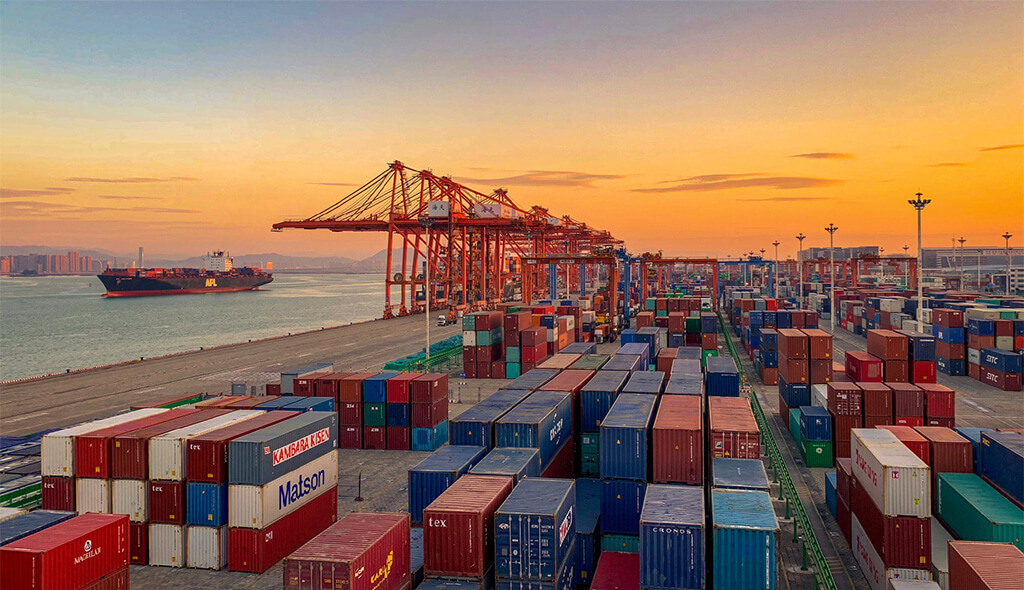
History
Ancient Chinese period
- 960-1279 (Song Dynasty): Xiamen Port was used as a peripheral auxiliary port of Quanzhou Dagang, with five Guandu and Dongdu Guandu on the island.
- 1271-1368 (Yuan Dynasty): Xiamen established the “Jiahe Thousand Households Institute”, and the status of Xiamen Port as a military port was initially established.
- 1368-1644 (Ming Dynasty): Xiamen Port and Zhangzhou Yue Port became the main ports for maritime smuggling trade, and maritime traffic began to take shape, with 10 ocean routes.
- In the 1571s, there were 30-40 Chinese merchant ships destined for the Philippines from Xiamen Port and Yuegang Port each year, with an annual import and export value of about 1.5 million gold.
- 1650s: Zheng Chenggong, a famous navigator of the Ming Dynasty in China, made 7 ocean voyages to Southeast Asia, South Asia and East Africa. Xiamen Port is the core port of the route.
- 1727: The Qing Dynasty stipulated that all ships going overseas in Fujian must enter and leave Xiamen Port.
- 1796: Xiamen Port became an international port, with more than 30 East Asian, Southeast Asian, and South Asian countries and regions communicating with Xiamen. However, during the Qing Dynasty, China closed maritime trade as a whole, and Xiamen Port’s prosperity could not save the old China, which was in decline.
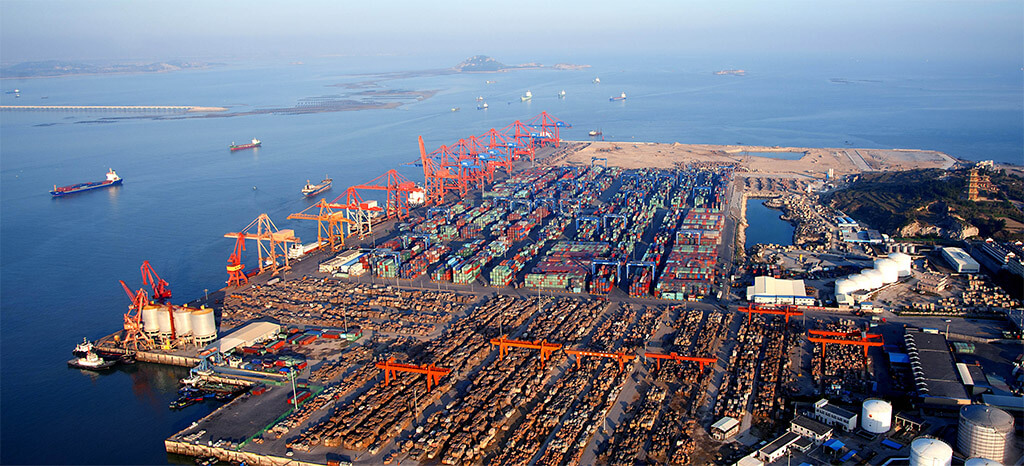
Modern China period
- 1842: After signing the Sino-British Nanjing Treaty, Xiamen Port became one of the five international trading ports.
- 1880: British business Taikoo invested in Xiamen Port and built a new Taikoo barge wharf, holding 500 tons of cargo. There are 6 Taikoo warehouses on the shore with a total storage capacity of 10.663 million kilograms, making it a more advanced comprehensive terminal in modern times.
- May 1928: The 8 rebuilt piers of Xiamen Port were completed.
- 1932: The remaining 20 wharves rebuilt in Xiamen Port are completed.
- 1935: The Taikoo Wharf constructed by Holland Port Management Company was completed. The wharf was equipped with two barges, each with a length of 64 meters and a width of 9 meters. The two approach bridges were each 21 meters long and 4.8 meters wide and could dock 2 ships of 3000 tons simultaneously Class freighter. The newly built Taikoo Wharf has a coastline of 1,865 meters and a frontal water depth of -7 meters. There is a two-story warehouse with 7,464 square meters, which can be used for loading and unloading general cargo.
- 1938: Xiamen fell, and Japanese military businesspeople controlled Xiamen Port.
- 1947: After the Anti-Japanese War’s victory, the shipping trade of Xiamen port began to recover.
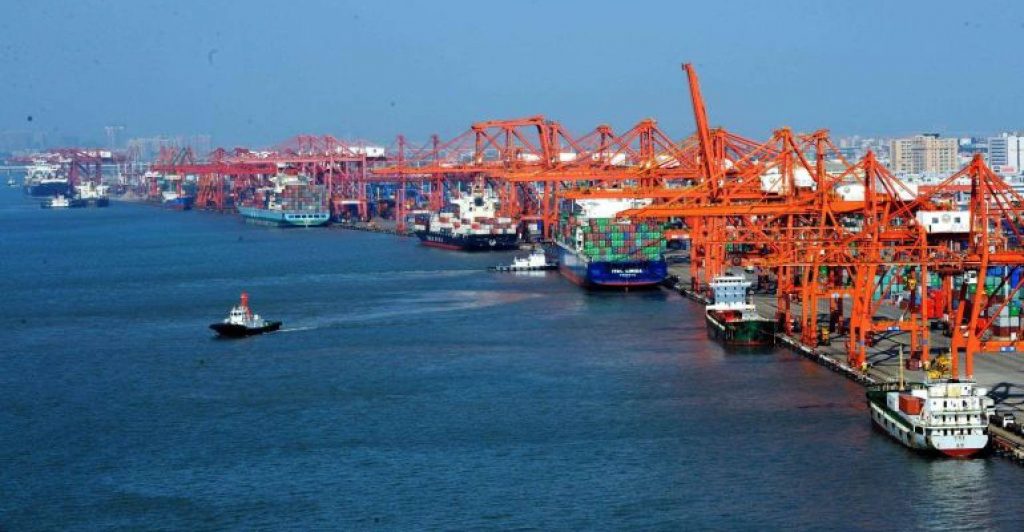
New China period
- 1949: After the founding of New China under the leadership of the Communist Party, the military confrontation with Taiwan across the strait resulted in unsafe air routes. In the past 20 years, ships entering and leaving Xiamen Port have to use the night to approach the mainland by a detour. The production and construction of Xiamen Port are developing slowly.
- 1978: China began to adjust its economic policy of opening up, the construction of the Xiamen Special Economic Zone developed rapidly, the routes of Xiamen Port continued to expand, and the volume of passengers and cargo increased significantly.
- 1984: Two 50,000-ton berths and 2 10,000-ton berths were officially put into operation in the first phase of the Dongdu Port Area of Xiamen Port
- 1988: The construction of 4 10,000-ton berths in the second phase of the Dongdu Port Area of Xiamen Port started.
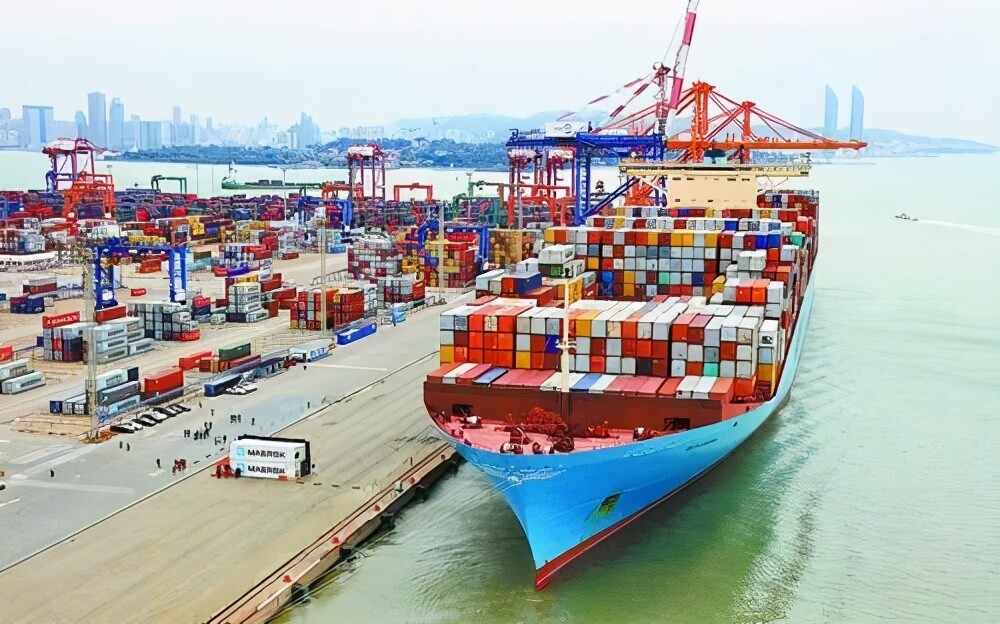
- January 1, 2006: Xiamen Port Management Bureau was established, unified management of Dongdu, Haicang, Songyu, Liuwudian, Passenger Transport, China Merchants Bank, Houshi Shima in Xiamen Bay.
- August 31, 2010: The 4 port areas of Zhangzhou Port were merged into Xiamen Port. Xiamen Port expanded.
- 2013: Xiamen handled a total of 191 million tons of cargo, including 8.08 million TEU containers.
- March 2017: Xiamen Port was established as a free trade pilot zone by the Ministry of Transport of China, and it was also the first batch of approved international ship registry ports in China.
- September 29, 2017: The fourth phase of the expansion of the main channel of Xiamen Port was completed, which can realize the simultaneous dual navigation of 200,000-ton and 150,000-ton container ships in the entire segment, which has changed the previous 200,000-ton container ship entry requirements. The history of air closure has improved the navigation capability and safety of Xiamen Port.
- In 2018, Xiamen Port had 9 port areas in Xiamen City, Dongdu, Haicang, Xiang’an, and Zhangzhou Zhaoyin, Houshi, Shima, Gulei, Dongshan and Zhao’an. A total of 146 container liner routes have been opened, including 92 international routes, 12 internal branch lines and 42 domestic trade lines.
- In 2019, Xiamen Port completed a cargo throughput of 213 million tons, of which container throughput was 11.1222 million TEUs, and passenger throughput was 8,620,100.
- June 3, 2019: The new passenger transport center in the third phase of the Wutong Wharf of Xiamen Port opens. Passengers on cruise ships are waiting for cruise ships here. This terminal is connected to a smart payment system, and tourists can pay by swiping their faces.
- April 2020: Xiamen Port has built 175 productive berths, including 80 berths above 10,000 tons. The terminal’s comprehensive cargo throughput capacity is 184 million tons, of which the container throughput capacity is 11 million TEUs.
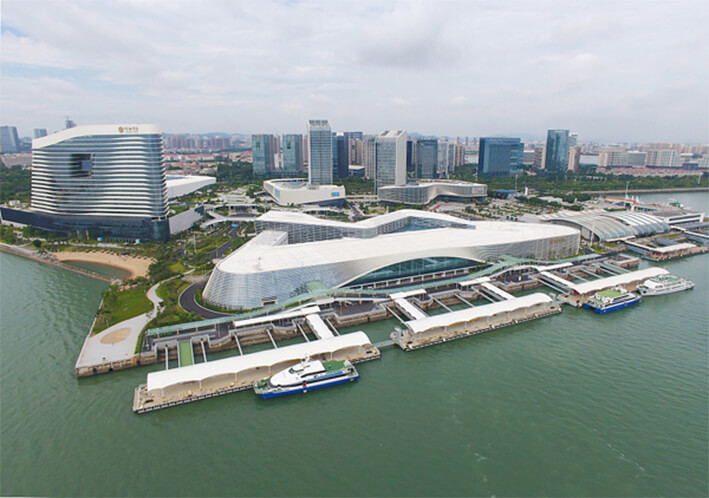
Port size and berths
As of April 2020, Xiamen Port has 9 port areas and 175 berths.
Minato
- 3 Xiamen port areas: Dongdu, Haicang and Xiang’an.
- 6 Zhangzhou port areas: Zhaoyin, Houshi, Shima, Gulei, Dongshan, Zhao’an.
Berth
- Berths Number: 175.
- Above 10,000 tons, berths Number: 80.
- Above 100,000 tons, berths Number: 19.
- Above 200,000 tons berths Number: 5. (3 Songyu docks and 2 Yuanhai docks)
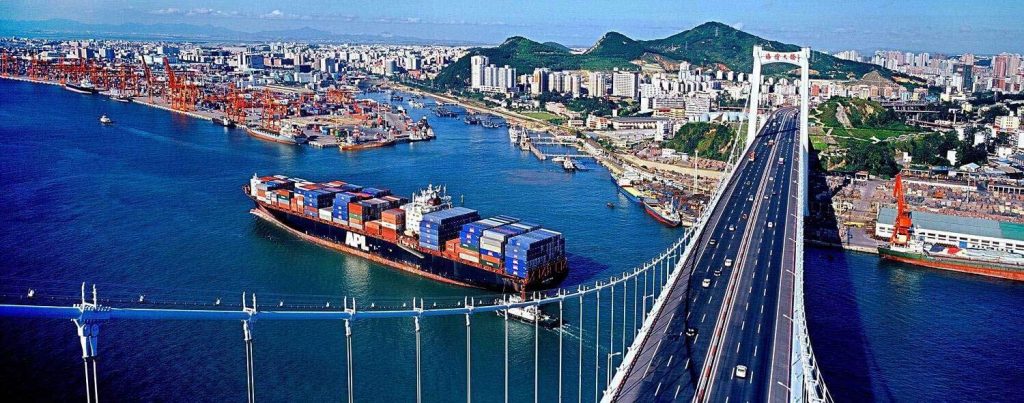
Xiamen Port Data
- Country
- China
- Region
- East Asia
- Status
- In use
- Official name
- 厦门港
- Other name
- Port of Xiamen
- Location
- Xiamen City, Fujian Province, China
- Owner
- Xiamen Port Authority
- Operator
- Xiamen Port Holdings Group Co., Ltd.
- Opened
- 960
- Sea area
- Taiwan Strait
- Port type
- Deepwater port
- Annual container volume
- 11.1 million TEU (2019)
- Annual cargo tonnage
- 213 million tons (2019)
- Year of opening
- 960
- Industrialization date
- 1880
View Xiamen Port on Google Satellite Map
Google satellite maps allow you to see building details more clearly, including natural landscapes such as mountains, rivers, deserts, sea and man-made engineering buildings.
If you are very interested in this engineering building, it is a good idea to click below Google Map icon. We will help you jump to the corresponding location of this building or engineering on Google satellite map.
View Xiamen Port on 720yun
720yun is a panoramic image service provider, where you can see the panoramic image of the Engineering Building, let you know more about the Engineering Building.
































































[…] has 175 berths (allotted space for the ships), wherein 80 can handle cargo above 10,000 tons. Some can take […]